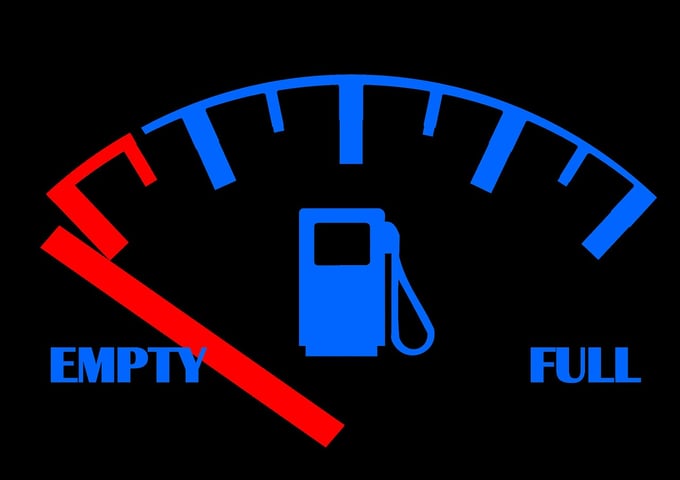
Companies often do not realise how much idling can impact on the global fuel consumption of their fleet. Unnecessary vehicle idling for even the shortest periods of time, wastes fuel, floods the atmosphere with carbon emissions and causes unnecessary noise pollution.
The reason why many fleet managers fail to understand how much this is costing the company is simply because
it usually isn’t monitored—which is true, ordinarily, unless you have telemetry devices installed in your fleet vehicles.
With telemetry it is a simple matter to figure out just how long your drivers could be keeping the engine running unnecessarily—something you would never normally be aware of.
It is something we don’t often think about—it’s a habit that we practice unconsciously. But be warned, anything over ten seconds of idling uses more fuel than shutting off and restarting a vehicle. And the money you save by not doing it will more than offset any costs for wear-and-tear on your vehicle. Additionally, imagine if all the vehicles operating in your fleet are all keeping the engine running unnecessarily at least once during the day… this translates into how many thousands of euros? Not to mention the pollution!
It is a common misconception that it is preferable to warm up by idling rather than driving. The reality is that most of today’s engines do not need to warm up; and actually, the best way to warm the engine is by actually driving (whilst avoiding excessive revving)—just a few seconds are needed before setting off. Same story for warming up the cabin interior—easing into your driving is the most efficient way to get your vehicle system delivering warm air.
You should start sensitizing your staff, and set out a practical idling-reduction program. If you have all the metrics at your fingertips, it is a simple matter to plan a strategy for it. If you are able to capture your fleet’s idling baseline, you can further investigate the underlying reasons for the idling events. For example, drivers often leave vehicles running while doing a delivery or waiting at security gates.
If you identify the baseline and the reasons for keeping the engine on you can look into establishing a reasonable idling limit and train your drivers to that effect. If you develop a strong anti-idling culture inside your company you will definitely notice the savings, and it really is quite simple to achieve.




